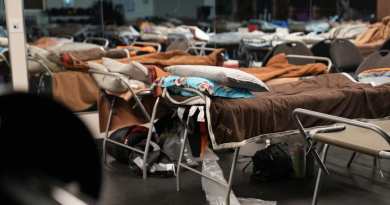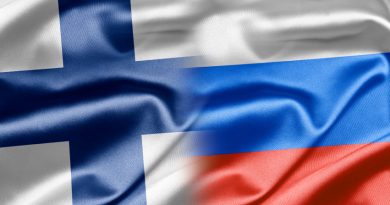Trump slaps tariffs on Arctic islands with almost no export
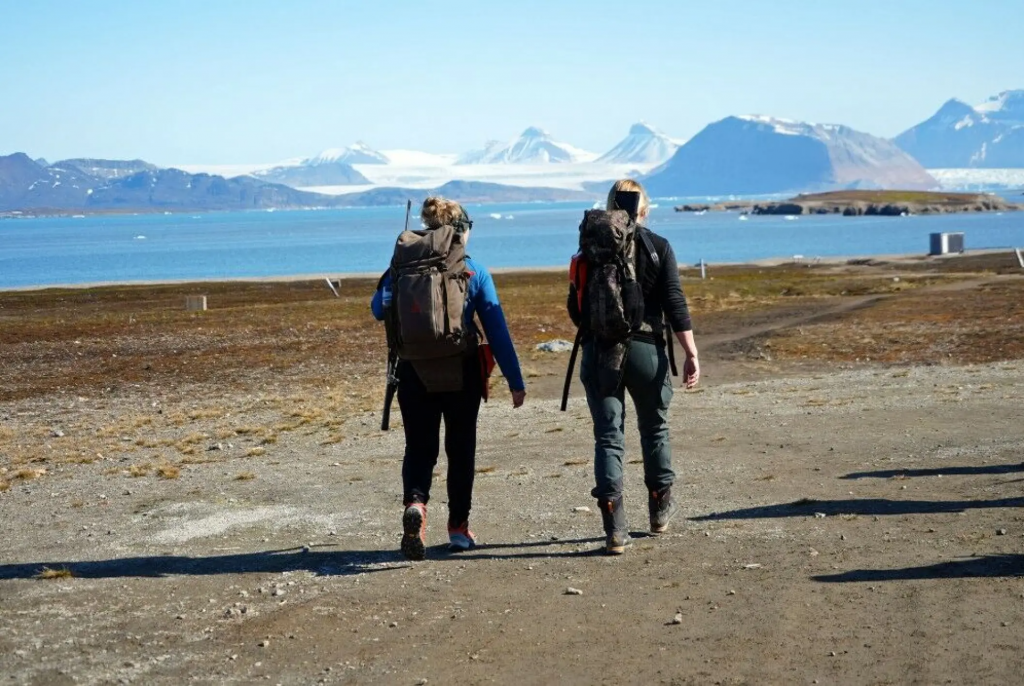
The uninhabited volcanic island of Jan Mayen and the Svalbard archipelago are among the strangest places Trump has imposed tariffs on.
Coal was traditionally the largest export product the Norwegian archipelago of Svalbard could offer. Not any more. The Russian coal mine in Barentsburg can hardly produce enough to keep the local power plant running, the rest is shipped to Murmansk.
Norway’s last small coal mine, No. 7 near Longyearbyen, is about to shut down within weeks.
What exactly Donald Trump has in mind when he Wednesday introduced a 10% tariff on the Arctic island of Jan Mayen and the archipelago of Svalbard is unclear.
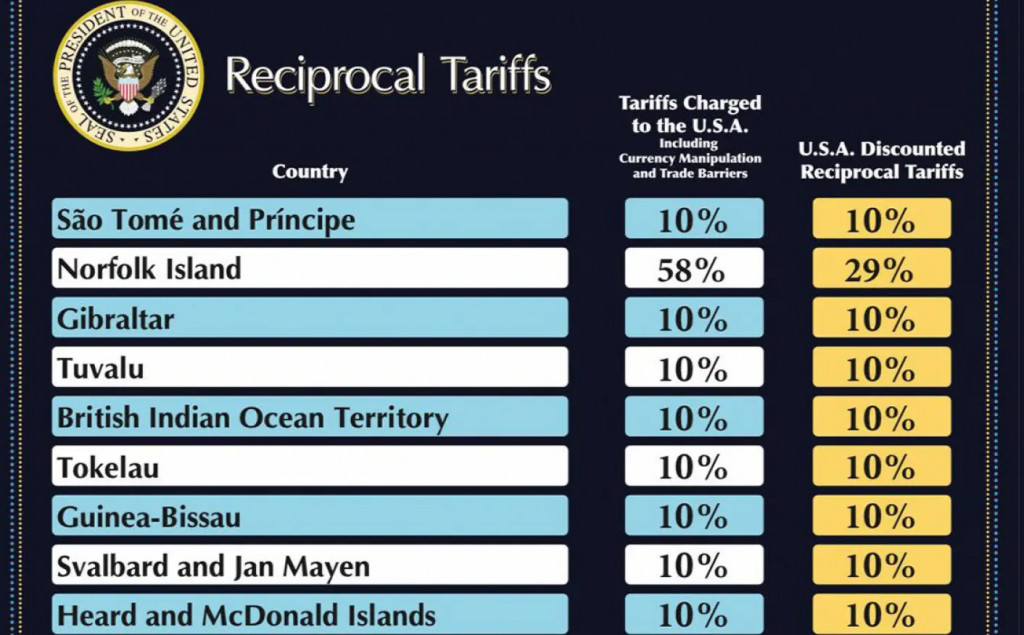
There is no permanent population at Jan Mayen. Less than 40 people are on rotation basis serving the Meteorological Station and the Norwegian Armed Forces presence at the tiny island which is located between northern Norway and Greenland.
Svalbard has a population of about 3,000. Among them are 297 inhabitants in the two Russian settlements of Barentsburg and Pyramiden. A few hundred are on rotational basis at the science town of Ny-Ålesund, while Longyearbyen is the largest settlement with about 2,500 people.
The main businesses in Longyearbyen are tourism, science and education. The small Svalbard brewery offers beer for export, but the United States is unlikely high up on the sales statistics for it’s online shop.
While the Arctic islands under Norwegian sovereignty get a 10% tariff, the U.S. president slapped a 16% tariff on mainland Norway for everything exported to the United States.
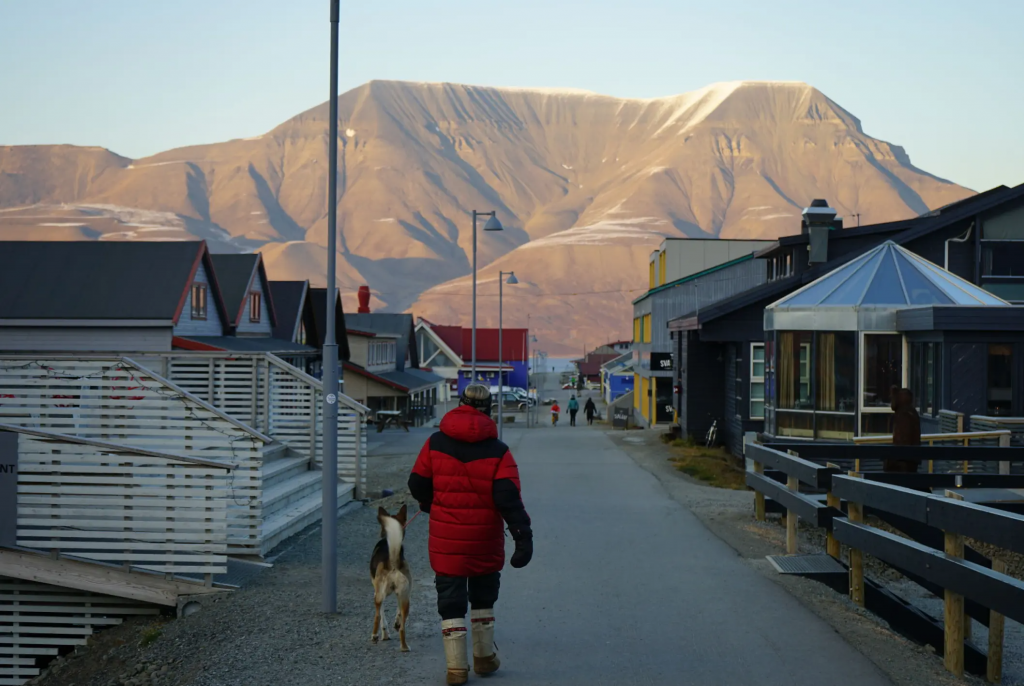
Svalbard and Jan Mayen are not the only far-away islands, inhabited or with very little population that were included on the White House’s global trade war announced on April 2nd.
The sub-Antarctic Australian external territory of Heard and McDonald islands, mostly populated by penguins, face a similar 10% tariff from Donald Trump like the Norwegian Arctic islands.
Another remote location on the 10% list is Tokelau island, near New Zealand, with less than 2,000 inhabitants.
Two dictatorships in Europe are excluded from Trump’s global-hitting sweeping tariffs; Russia and Belarus.
Related stories from around the North:
Canada: Canada, U.S. and Finland form pact to build icebreakers for Arctic, CBC News
Finland: US, Norwegian forces in Lapland for rapid reinforcement exercise, The Independent Barents Observer
Greenland: Danish PM pledges to support Greenland against Trump pressure, Thomson Reuters
Norway: Oslo looks to Brussels for strengthened security and defence, CBC News
Sweden: Biden says NATO now stronger than ever with Sweden and Finland, Radio Sweden
United States: White House releases U.S. Arctic strategy implementation plan, Eye on the Arctic

